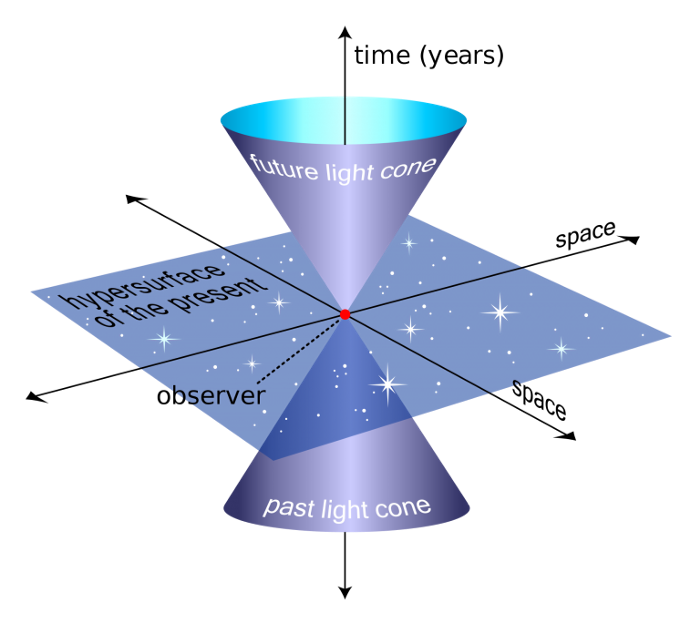Exploring Theoretical Concepts of Spacetime and Particles
Introduction
Einstein’s revolutionary discoveries in physics overturned classical notions of space and time. Some key theoretical concepts developed to understand phenomena at the quantum scale. Let’s explore these ideas and their thought-provoking implications.
Planck Units and the Quantum Realm
Physicists derived natural units of measurement like Planck length and Planck time by relating fundamental constants. At these ultrascale levels, quantum effects dominate. Planck units signify a scale where classical concepts break down and a theory unifying general relativity and quantum mechanics may be needed. Intriguingly, the speed of light equals exactly one Planck length per Planck time, suggesting these units represent a natural bound.

Massless Particles Travel at Lightspeed
Particles like photons mediate electromagnetism and gluons carry the strong force. Curiously, both lack rest mass but still possess momentum and energy. Within Planck units, their straight-line motion implies covering one length in one time interval. For objects with mass, accumulating infinite energy would be required to reach lightspeed, revealing mass as inextricably linked to relativistic effects.
Explaining the Photoelectric Effect
Einstein’s hypothesis that light consists of discrete photon quanta provided the first evidence supporting quantum theory. By proposing an amount of energy proportional to frequency for each quantum, he explained experimental observations that had defied classical wave theory. This breakthrough established the particle nature of light and photons’ role in stimulating photoelectric emission.
The Cyclical Nature of Particles with Mass
Thought experiments mapping positions within Planck units beautifully illustrate relativistic length contraction and time dilation. The puzzled is solved by envisioning mass-bearing particles as cyclical waves that cannot overlay perfectly along their path, unlike the linear trajectories of massless waves. This intrinsic property seems to directly cause gravitational and inertial mass.
Relating Compton Wavelength to Planck Units
Remarkably, a Planck mass particle’s Compton wavelength corresponds to 2π Planck lengths, the circumference of a circle with radius equal to one unit. While Planck mass itself is immense, this hints it defines the lower bound rather than representing the smallest possible mass. Further connections between quantum and gravitating regimes remain active areas of exploration.
Pondering the Fundamental Nature of Reality
Planck scales invite speculation on reality’s deepest nature. Are space and time absolutely continuous, or do they take on pixel-like properties? Unification theories incorporating quantum gravity aim to resolve such questions. Further experimental advances may illuminate initially paradoxical phenomena and help decipher the fabric of the cosmos at its most elementary level.
Conclusion
Examining theoretical underpinnings like Planck units strengthens comprehension of Einstein’s relativity and quantum discoveries. Their implications continue sparking discussions that push us to refine or overhaul prevailing models. Though we have yet to fully comprehend reality’s making, each new insight brings us closer to that goal and expands our capacity to explore the marvels of nature.
